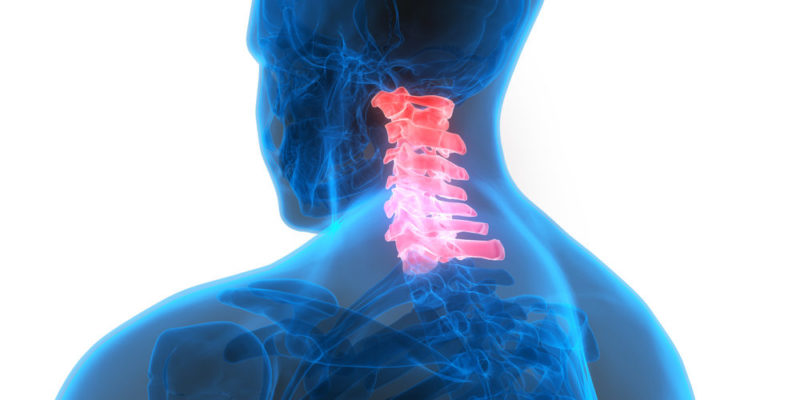We explain what the spinal cord is and what its main characteristics are. In addition, what it is for, what functions it fulfills and more.
What is the spinal cord?
The spinal cord is an extensive white cord that is located in the area of the vertebral canal, being a vital part of the human nervous system .
Its primary function is to conduct nerve impulses to the spinal nerves , in order to communicate the brain with the rest of the body.
The goal of this integration is to create a two-way information exchange circuit between the brain and the trunk, neck, and limbs . Thanks to this, it is possible to transfer the sensations generated by the senses in the limbs, trunk and neck to the brain , on the one hand, and make it easier for the brain to give orders to the rest of the body to carry out certain actions, on the other hand.
In addition, the spinal cord fulfills the function of controlling certain movements , such as the so-called reflex actions. It is worth noting that the vertebrae play a vital role in protecting the spinal cord, containing it inside.
Characteristics of the spinal cord :
Shape
The spinal cord is characterized by its cylindrical and elongated configuration , but with a flattening in the posterior area. This flattened shape, however, includes two thicker areas, called cervical and lumbar.
-
Dimensions
 The length of the spinal cord ranges between 42 and 45 centimeters , while it has a diameter of 2 centimeters, which increases in the cervical and lumbar regions and decreases considerably at its lower vertex. It is considered the largest nervous tissue in the human body .
The length of the spinal cord ranges between 42 and 45 centimeters , while it has a diameter of 2 centimeters, which increases in the cervical and lumbar regions and decreases considerably at its lower vertex. It is considered the largest nervous tissue in the human body .
Connections and integration

It is important to keep in mind that the spinal cord is related at its upper end to the first cervical vertebra , while at the posterior end it is connected to the lumbar vertebra (first and second).
-
Afferent function
Efferent function
In this case, the spinal cord has the vital function of conducting the orders generated in the brain to the rest of the body , thus allowing the performance of certain activities or movements.
-
Enlargement of the brain
 The only representation in the human body of the central nervous system is the brain. Precisely the spinal cord works as an extension or prolongation of it , with the purpose of transferring nerve impulses.
The only representation in the human body of the central nervous system is the brain. Precisely the spinal cord works as an extension or prolongation of it , with the purpose of transferring nerve impulses.
Meningeal protection
The complex set of nerves that make up the spinal cord is protected by a membrane divided into three layers, called the meninges. Also, a special fluid generates cushioning between the nerve nucleus and the meninges.
-
Bone shield or ring
Reflex Coordination

The spinal cord is responsible for promoting the coordination of reflexes in the body, which are nothing more than practically immediate responses to external stimuli. The reflexes do not present intervention of the brain, but are directly managed through the spinal cord.
-
Pathologies and diseases
The above content published at Collaborative Research Group is for informational and educational purposes only and has been developed by referring reliable sources and recommendations from technology experts. We do not have any contact with official entities nor do we intend to replace the information that they emit.
Luke is passionate about fostering student involvement and connection. He studied psychology for his major and likes learning about the past. Luke aims to specialize in artificial intelligence and cybersecurity. .
Leave a reply
Your email address will not be published. Required fields are marked *Recent post

Sport: What Is It, Types, Risks, Features, Characteristics and Examples

Dogs: Emergence, Features, Characteristics, Feeding and Breeds

Story: Definition, Elements, Structure, Features and Characteristics

